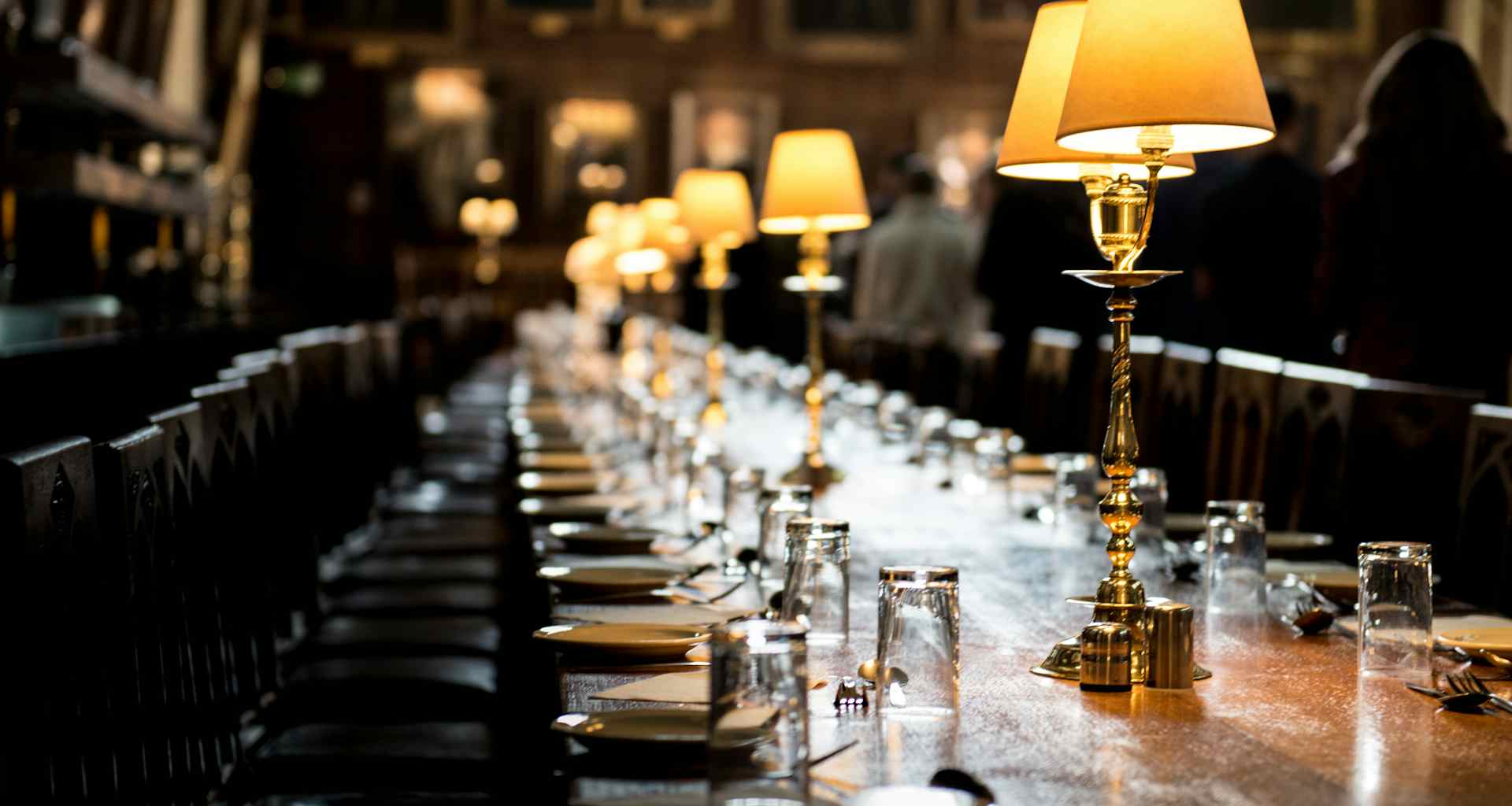Butyl rubber (sometimes referred to as simply “Butyl”) is a synthetic elastomer created from the combination of isobutylene and isoprene. Butyl is the radical C4H9, derived from butane, and became the first rubber to be synthesized. Properties like low moisture, low gas permeability, and excellent shock absorption have made it a desirable product across many commercial industries. Applications include construction, automotive parts, medical/biotechnology uses, and even food products.
Butyl Rubber Material and Functionality
Butyl rubber (polyisobutylene) is a vinyl elastomer widely used in adhesives and sealants. Structurally, it’s similar to polyethylene and polypropylene. However, the difference lies in every other carbon atom which is substituted with two methyl groups instead of one. Cationic vinyl polymerization is the process used to create butyl from the monomer isobutylene. About 1-2% isoprene is added to the isobutylene creating a fast reaction that is synthesized at very low temperatures. Adding isoprene creates double bonds that mimic natural rubber.
Charles Goodyear led the path to butyl rubber with his invention of the vulcanizing process in 1839. This thermosetting process takes place after the product is formed. Vulcanizing ties all rubber molecules together and forms a single larger molecule. This molecule refrains from melting as it gets hot and will maintain its flexibility as it gets cold. Butyl was first used in 1931 and later developed into butyl rubber in 1937. Some of the first applications included manufacturing tires and tank treads for World War II. In the 1960’s the curing rates improved, leading to the development of chlorinated, brominated, and halogenated forms.
Advantages of Butyl Rubber
Butyl rubber is flexible, biocompatible, resists harsh chemicals and temperatures, ages without weathering, and has great room temperature damping properties. It is the only known elastomer that is impermeable to gases. The material maintains flexibility at 30 degrees F yet remains stable even at 180 degrees F. Butyl is also compatible with almost all types of sealants whereas other materials will often react with petroleum-based sealants. Another advantage of butyl rubber is its electrical insulating properties. It scores highly in terms of flex cracking resistance, abrasion and tear resistance, impact resistance, weather/sunlight/ozone resistance, water and oxidation resistance, and steam resistance. The only areas where butyl ranks low are in compression set, rebound rating, and flame resistance.
Butyl can be created in slabs, tapes, and sheets. It can also be sold in tubes as an adhesive or sealant.
Butyl Rubber in Today’s Applications
Butyl is a highly sought-after material for industries including automotive, sound design, medicine, pharmacies, agriculture, and even the food industry. Here are some common places you’ll find butyl rubber:
- Gas masks, medical seals, septa, and vial cap liners
- Sports ball bladders (basketballs, soccer balls, etc.)
- Speaker cones
- Tire tubes
- Gaskets and O-rings
- Pond liners
- Insulated windows
- Oil and fuel additives
- Shock mounts and suspension bushings
- Chewing gum (when butyl is used in food-grade form)
Butyl Rubber in Biotechnology
ILT is a global leader in manufactured septa seals and vial caps. Using butyl rubber provides uniform septa sealant that when married to PTFE in the molding process provides the clean surface barrier during sample analysis. Read more about the seals and septa industry on our blog page or learn more about ILT, the world leader in manufacturing seals and septa, here.





